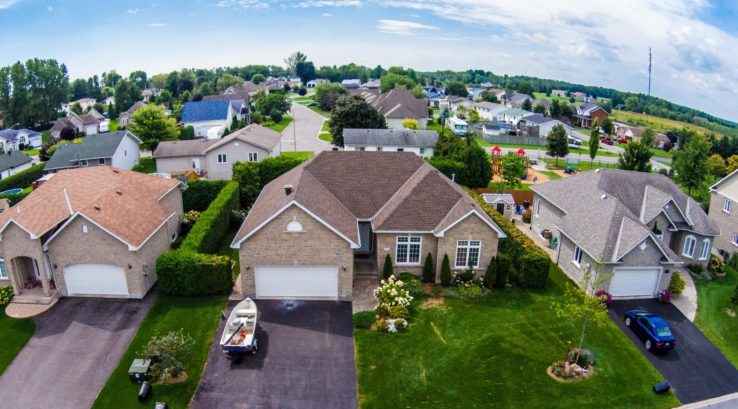It’s well known that heat rises, which makes roof insulation so important in colder elements. But what about airflow? Does roof ventilation really work? Critics say it simply makes insulation less effective. However, we’re here to explain how the right kind of ventilation can improve your home’s air circulation.
What is Roof Ventilation?
Roof ventilation is a system that enables the controlled movement of warm air. Those who have roof ventilation understand its ability to remove the hot air from living spaces without creating a drafty environment and losing insulation benefits.
Roof ventilation can be divided into two categories:
- Non-powered roof ventilation in the form of passive vents
- Solar/electric roof ventilation that can move higher volumes of air
Your roof has a large surface area, and the structure, including the frame, tiles, or shingles, is exposed to the outside world’s temperatures. Direct sunlight in the summer can make it intensely warm, while in the colder months, it can become bitterly chilly. Insulation helps reduce this by trapping air and acting as a buffer.
However, without ventilation, there’s the risk of humidity and excessive heat developing in the property. Given the way insulation works, is ventilation really necessary? Is roof ventilation beneficial?
Choosing Effective Roof Ventilation
Roof ventilation can be effective and helpful, but it’s important to choose the correct type. If there’s no ventilation, this can cause significant problems with your home and family’s health, especially in climates with sweltering weather or temperatures that change dramatically between the summer and winter.
Potential problems include:
- The attic becoming excessively hot in the summer
- A build-up of humidity, causing mold and mildew
- A short roof life
- Warped and damaged shingles
- Allergies, respiratory issues, and other health problems
There are many roof ventilation options on the market, but not all are useful. Simple passive vents allow cold air to enter from the outside, making it harder to heat the property effectively and permitting moisture inside, creating the mold and mildew problems it was intended to prevent.
So, does roof ventilation really work? Roof ventilation works well if the roof is in a good state of repair, well insulated, and evenly ventilated. It’s also important to make sure that all leaks are patched before choosing proper ventilation.
Roof Ventilation For Your Home
Good roof ventilation makes use of the stack and wind effects. The stack effect is hot air that rises from within, increasing air pressure at higher points in an attic. That air needs to escape through vents or exhausts, but cool air needs to enter via an intake valve to allow this.
The wind effect is forceful air blown against a roof that increases the volume of air going through the intake, promoting better ventilation through the exhaust. The two phenomena work together to create a steady flow of air through an attic.
Ridge vents are a good example of this, working passively and being almost invisible to a casual observer, unlike some other, older styles of vents that can negatively impact the roofline’s appearance. These work particularly well alongside intakes in the form of edge vents.
Another popular option is Cobra Attic Ventilation, a discreet and rugged form of ventilation that can also be used in homes with no soffits or ridges. Some Cobra Attic roof ventilation options are suitable for use in colder environments, thanks to the presence of snow filters.
Contact a Professional
At Thompson Creek, we offer a variety of roofing solutions that are dependable and robust as well as ventilation solutions to suit almost any style of roof. Contact Thompson Creek today to learn how we can improve the energy efficiency of your home.


